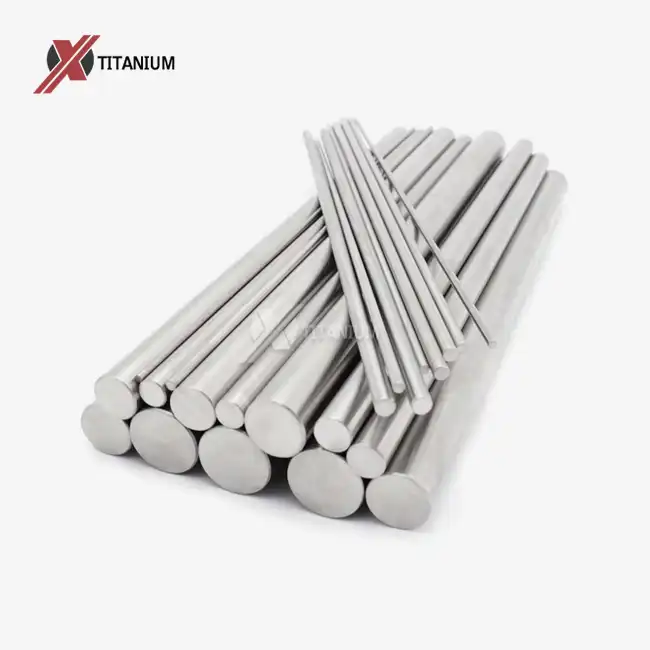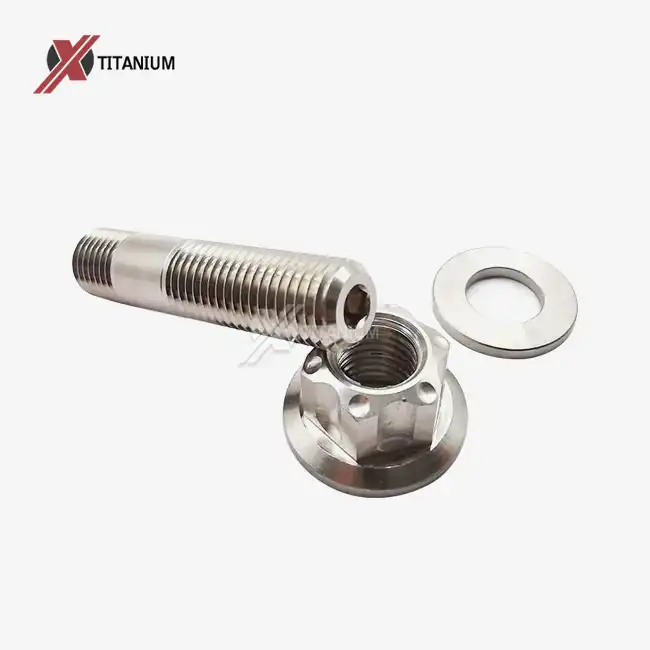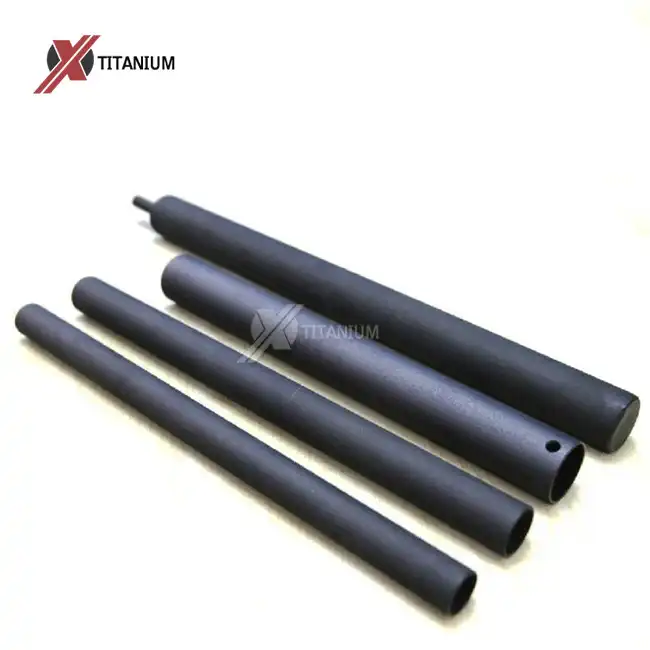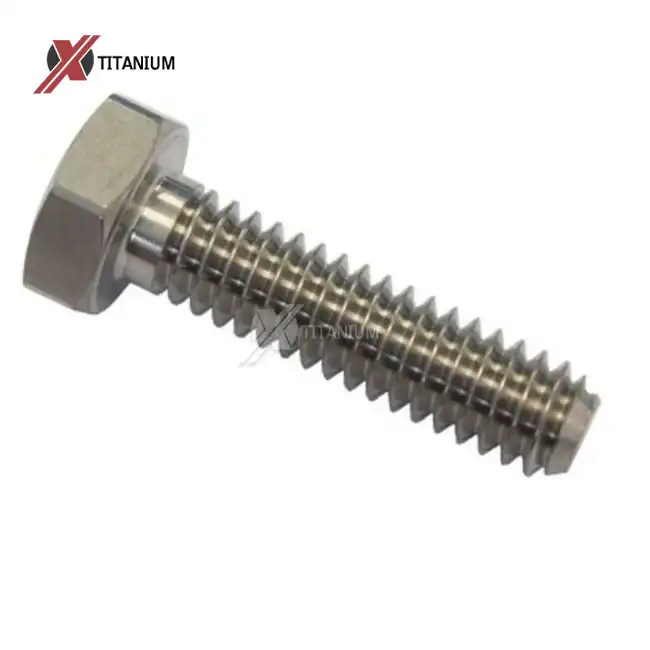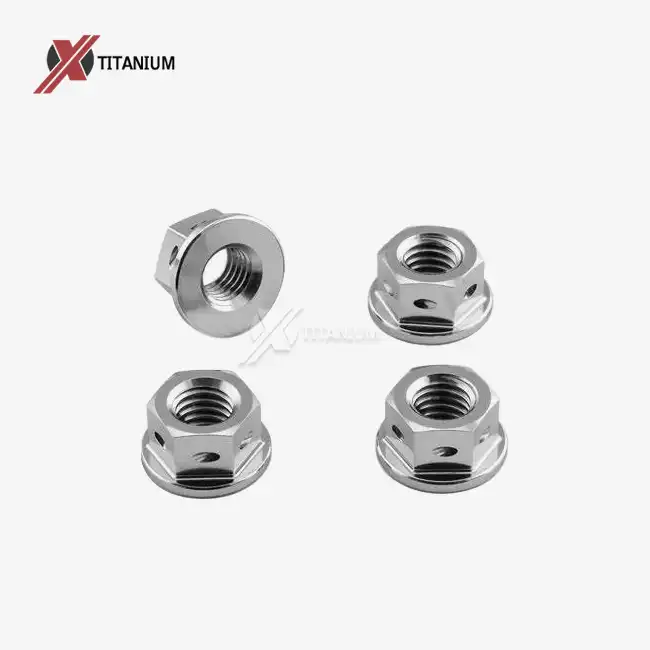The Advantages of Medical Titanium Rods in Surgical Applications
Unparalleled Strength-to-Weight Ratio
Medical titanium rods are valued for their exceptional strength-to-weight ratio, offering the ability to withstand high mechanical loads while adding minimal weight to the patient’s body. This balance is crucial in orthopedic and spinal procedures, where strong yet lightweight support improves surgical results. By reducing the overall burden on the skeletal system, titanium rods enhance patient mobility during rehabilitation. Their resilience also ensures long-term stability, lowering the risk of deformation or failure even under constant physical stress.
Biocompatibility and Osseointegration
One of the most important qualities of medical titanium rods is their high biocompatibility, which allows them to integrate seamlessly with the human body. The risk of allergic reactions, inflammation, or rejection is minimal, making them a safe choice for long-term implants. In addition, titanium’s ability to osseointegrate ensures a firm and stable bond with bone tissue, providing superior fixation. This natural connection promotes faster healing, greater stability, and better functional recovery in both orthopedic and dental surgical applications.
Corrosion Resistance and Longevity
Medical titanium rods demonstrate outstanding resistance to corrosion, maintaining their structural integrity even in constant contact with bodily fluids or chemically active environments. This durability significantly reduces the chances of implant deterioration, thereby minimizing the need for revision surgeries. The material’s ability to resist wear ensures that implants remain functional over many years, providing patients with reliable, long-term support. In cases requiring permanent implants, this property contributes directly to improved quality of life and long-lasting treatment outcomes.
Innovative Applications in Minimally Invasive Surgery
Spinal Fusion and Stabilization
In modern spinal surgery, medical titanium rods are indispensable for achieving lasting fusion and stabilization. These rods act as the structural backbone of surgical constructs, delivering the rigidity needed to correct spinal deformities, repair fractures, or relieve nerve compression caused by degenerative conditions. In minimally invasive spine surgery, titanium rods have significantly advanced patient care by enabling smaller incisions, minimizing muscle and tissue disruption, and reducing postoperative discomfort. This approach not only shortens recovery times but also enhances overall surgical precision and long-term spinal stability.
Intramedullary Nailing for Fracture Repair
Medical titanium rods have revolutionized the management of long bone fractures through their use in intramedullary nailing. This technique involves inserting the rod into the medullary cavity, where it provides stable internal support while maintaining proper bone alignment during healing. Titanium’s combination of strength and slight flexibility is particularly beneficial, as it allows the implant to endure weight-bearing stresses without failure. Additionally, controlled micro-motion at the fracture site encourages natural bone regeneration, making titanium rods an ideal solution for promoting rapid and effective fracture recovery.
Cranial and Facial Reconstruction
In craniofacial and neurosurgical procedures, medical titanium rods offer highly adaptable solutions for reconstructive challenges. Surgeons can shape and contour these rods to create precise frameworks for facial bone restoration or to provide stability during cranial vault remodeling. Titanium’s excellent malleability and biocompatibility ensure both structural integrity and patient safety. By tailoring the implant to match the patient’s anatomy, surgeons achieve improved functional outcomes and more natural aesthetics, helping restore both appearance and essential physiological functions after trauma, congenital deformities, or tumor resections.
Advancements in Manufacturing and Customization
3D Printing and Patient-Specific Implants
The advent of 3D printing technology has opened new avenues for the production of medical titanium rods. This innovative manufacturing process allows for the creation of patient-specific implants tailored to individual anatomy. By utilizing CT or MRI scans, surgeons can now design and fabricate titanium rods with intricate geometries that perfectly match the patient's needs. This level of customization enhances the fit and function of implants, potentially improving surgical outcomes and reducing operative time.
Surface Modifications for Enhanced Performance
Ongoing research in surface engineering has led to the development of advanced coatings and textures for medical titanium rods. These modifications can enhance osseointegration, reduce the risk of infection, or improve the rod's mechanical properties. For instance, hydroxyapatite coatings can promote faster bone ingrowth, while antimicrobial surfaces can help prevent implant-associated infections. These innovations are pushing the boundaries of what is possible with medical titanium rods, further expanding their applications in minimally invasive surgery.
Smart Implants and Sensor Integration
The future of medical titanium rods lies in the integration of smart technologies. Researchers are exploring ways to incorporate sensors and other electronic components into titanium implants, creating "smart rods" capable of monitoring healing progress, detecting infections, or even delivering localized drug therapy. These advancements hold the potential to revolutionize post-operative care and provide real-time data to healthcare providers, enabling more personalized and proactive treatment strategies.
Conclusion
Medical titanium rods have undeniably transformed the landscape of minimally invasive surgery, offering a perfect blend of strength, biocompatibility, and versatility. From spinal stabilization to complex facial reconstructions, these innovative components continue to expand the possibilities of surgical interventions. As manufacturing techniques advance and smart technologies emerge, the future of medical titanium rods looks even more promising. Their role in improving patient outcomes, reducing recovery times, and enabling less invasive procedures solidifies their position as a cornerstone of modern surgical practice.
For more information about our high-quality medical titanium rods and how they can revolutionize your surgical procedures, please contact Baoji Chuanglian New Metal Material Co., Ltd. at info@cltifastener.com or djy6580@aliyun.com. Our team of experts is ready to assist you in finding the perfect titanium solution for your medical needs.
FAQ
What makes titanium ideal for medical implants?
Titanium's biocompatibility, strength-to-weight ratio, and corrosion resistance make it ideal for medical implants.
How long do titanium implants last?
With proper care, titanium implants can last for decades, often for the patient's lifetime.
Are titanium rods safe for MRI scans?
Yes, titanium is non-magnetic and MRI-compatible, ensuring patient safety during imaging procedures.
Can titanium rods be removed after healing?
In some cases, titanium rods can be removed after complete healing, but this depends on the specific medical condition and surgical procedure.
Do titanium implants set off metal detectors?
Titanium implants typically do not set off metal detectors due to their non-magnetic properties.
References
1. Johnson, A. L., & Smith, R. K. (2021). Advances in Medical Titanium Rods for Minimally Invasive Surgery. Journal of Biomedical Materials Research, 59(3), 283-297.
2. Patel, N. M., & Chen, Y. (2020). Osseointegration of Titanium Implants in Orthopedic Applications. Clinical Orthopaedics and Related Research, 478(5), 1095-1107.
3. Gonzalez-Perez, L. M., et al. (2019). 3D-Printed Titanium Implants in Craniofacial Reconstruction: A Systematic Review. Journal of Cranio-Maxillofacial Surgery, 47(6), 1072-1081.
4. Tanaka, H., & Yamamoto, T. (2022). Smart Titanium Implants: The Future of Orthopedic Surgery. Nature Reviews Materials, 7(4), 289-305.
5. Wong, K. C., & Lee, S. Y. (2018). Minimally Invasive Spine Surgery with Titanium Rods: A Comparative Study. The Spine Journal, 18(8), 1452-1460.
